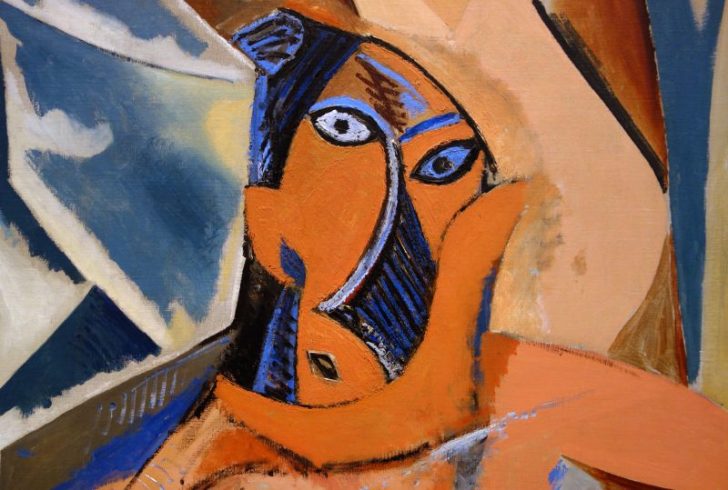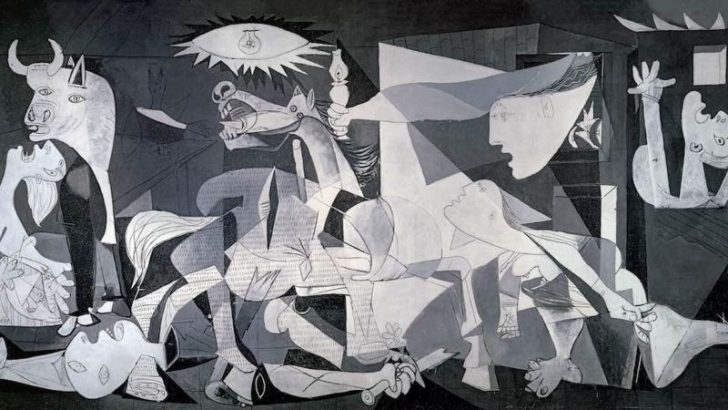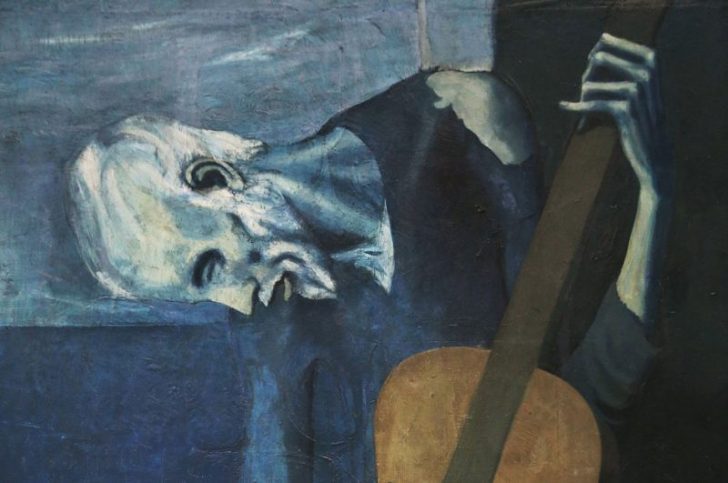What Did Picasso Paint That Made Him So Popular?
If you have ever wondered what did Picasso paint, you are not alone. Pablo Picasso, one of the most influential artists of the 20th century, left behind an extraordinary legacy. Born in 1881 in Málaga, Spain, Picasso's innovative work forever changed the landscape of modern art.
Picasso was a master of many styles and mediums. But his paintings, in particular, have left an indelible mark on art history.
Les Demoiselles d'Avignon(1907)
When you ask 'what did Picasso paint,' Les Demoiselles d'Avignon is one of the first works that come to mind. This groundbreaking piece marks the birth of Cubism, a revolutionary art movement co-founded by Picasso. The painting depicts five nude women with distorted, angular bodies and faces. Thus, breaking away from traditional European painting conventions.
The raw energy and fragmented forms challenged viewers' perceptions and laid the groundwork for modern abstract art.

Eca / Les Demoiselles d'Avignon was controversial and misunderstood at first. But it eventually gained recognition for its bold departure from realism.
Picasso's use of African art influences, evident in the mask-like faces, added another layer of complexity and intrigue to this masterpiece.
The Weeping Woman (1937)
Continuing the theme of human suffering, The Weeping Woman is another poignant example of Picasso's exploration of emotional pain. This painting focuses on a woman's anguished face, with tears streaming down her distorted features. The vivid, clashing colors and fractured forms reflect the intense emotions of grief and despair.
The Weeping Woman is often considered a companion piece to Guernica. Both works share similar themes and stylistic elements. This painting exemplifies Picasso's ability to convey deep emotional experiences through abstract forms, making it a standout in his oeuvre.
Guernica (1937)
Perhaps Guernica is the most powerful political statement Picasso ever made. Painted in response to the bombing of the Basque town of Guernica during the Spanish Civil War, this large mural captures the horrors of war and the suffering it inflicts on innocent civilians. The monochromatic palette of black, white, and gray enhances the somber tone of the piece.

The News / Created in response to the bombing of the Basque town, Guernica is by far the best Picasso painting of all time.
In Guernica, Picasso employs a chaotic composition filled with dismembered figures, weeping women, and a distressed horse, all of which convey the brutality and chaos of war. This painting not only solidified Picasso's reputation as a socially conscious artist but also became a universal symbol of anti-war sentiment.
The Old Guitarist (1903-1904)
When considering what did Picasso paint, one cannot overlook his Blue Period, characterized by somber tones and melancholic subjects. The Old Guitarist is a quintessential piece from this era, depicting a gaunt, blind man hunched over his guitar. The painting's blue palette and elongated forms evoke a sense of loneliness and despair.

Singulart / Created during a time of personal hardship for Picasso, The Old Guitarist resonates with a haunting beauty. You bet! It is one of the best Picasso paintings.
The poignant subject matter and subdued colors reflect the artist's empathy for the downtrodden and marginalized members of society.
Girl Before a Mirror (1932)
Finally, Girl Before a Mirror showcases Picasso's exploration of the human psyche and his fascination with duality. This vibrant, colorful painting depicts a young woman gazing into a mirror, with her reflection revealing a more distorted and darker version of herself. The contrasting imagery suggests themes of self-perception, inner conflict, and the passage of time.
The intricate patterns and bold colors in Girl Before a Mirror highlight Picasso's mastery of both form and color. This painting, part of his Surrealist period, demonstrates his ability to blend psychological depth with striking visual appeal.






